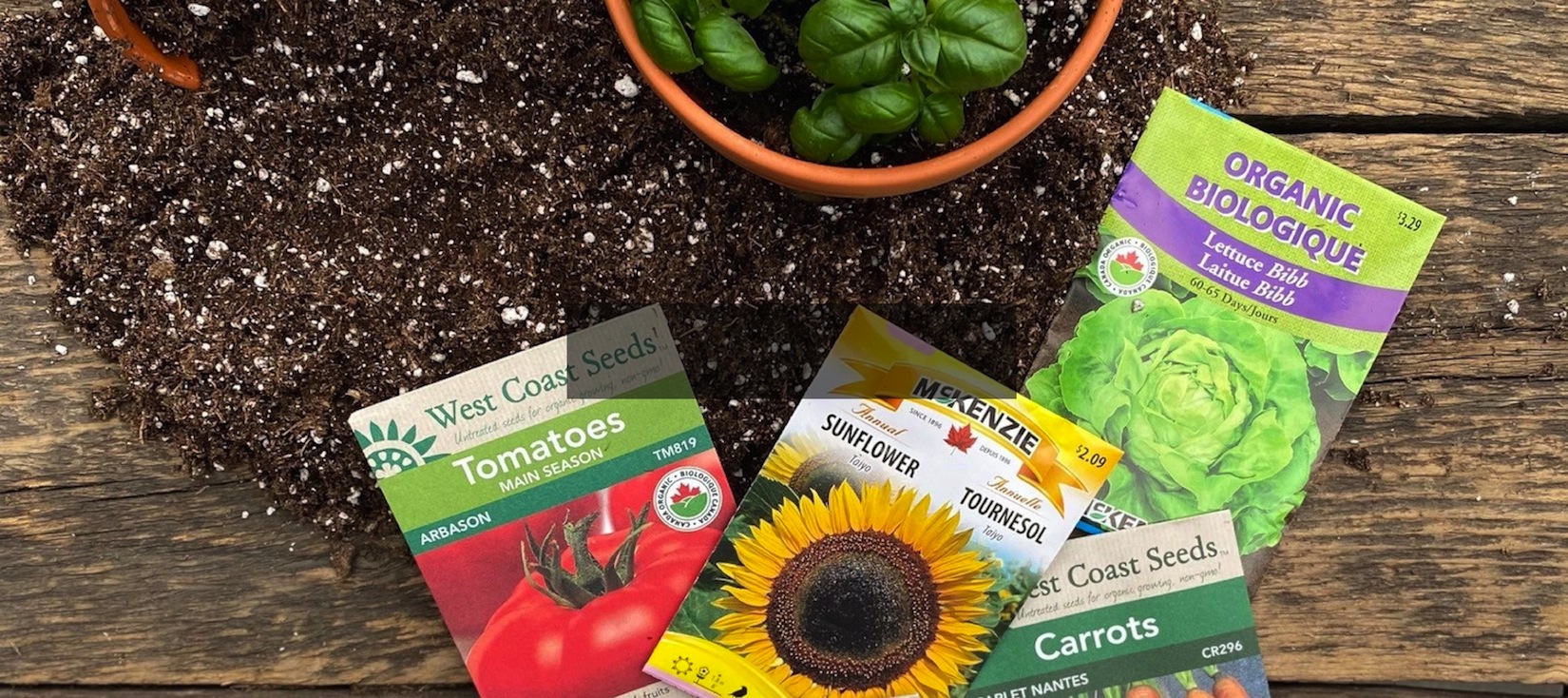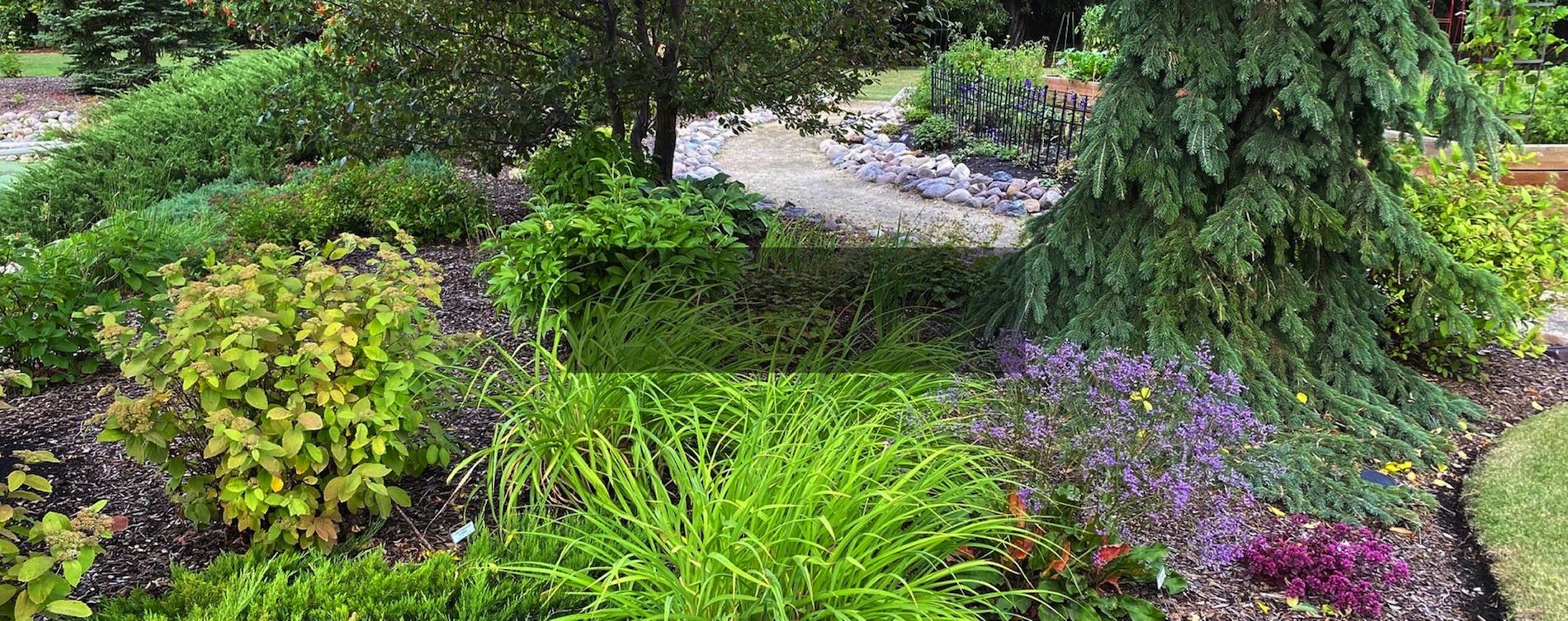Pruning Fruiting Trees & Shrubs

Fruiting trees should be trained when young to properly form a compact growth habit suitable for harvesting.
When to Prune
In our area, the general rule for pruning fruiting trees and shrubs is to prune once the danger of winter damage has passed, but before trees have broken dormancy, sap begins to flow, and buds begin to plump. Mid to late March is a good time to start pruning.

Pruning Fruit Trees
Different methods are used when pruning fruit trees, however for the home grower, the Modified Leader method works best. With this method, the natural central leader of the tree is kept, however the very top is removed – hence, modifying the leader. Strong side branches are chosen and left to develop. This method of training keeps the tree dwarf, enabling easy picking of fruit. The tree is able to maintain form, reducing disease and insect attacks.
Once fruit trees are established, a yearly maintenance pruning can be done in spring. This will consist of removing dead or damaged branches or thinning to control size for harvest.

Removing Large Branches
Step One:
Make an upward cut from the bottom of the branch, about 5 to 8” from main trunk and about halfway through the limb.
Step Two:
Make the second cut from the top of the branch and about 1” further out from the first cut. Cut all the way through the branch.
Step Three:
Trim remaining stub up to the branch bark ridge.

Pruning Fruiting Shrubs
Most nursery grown shrubs will already have an established shape that can simply be lightly pruned to maintain shape and form and remove any dead or diseased branches. In every cut, it is important to always prune properly back to a bud (see image). This will prevent damage to the plant and ensure proper regrowth of the shrub.
Proper pruning technique calls for the bud to be cut at an angle just above the bud. Avoid common mistakes such as cutting the bud at too sharp an angle, cutting too high above the bud and cutting too close to the bud.
Fruit Pruning Exceptions
Grapes
Grapes must always be pruned once leafed out in spring. Prior to this can cause excessive sap to leak.
Raspberries
Floricane raspberries fruit on second year wood. New shoots emerge every year, complete their green growth, and go dormant for the winter. In the following season, these second-year canes bear fruit, then die. In fall after harvest, fruit producing canes can be cut down and removed. Leave 9-10 first year canes per meter, with canes being no closer than 6” apart.
Primocane raspberries will fruit on first year wood, so there is no need to prune selectively between first- and second-year wood. Each fall, after harvest, or in early spring before new growth begins, you can cut all canes down to the ground.
Pruning Tools
- Shears: Used for small branches up to 1” in diameter. There are two styles of pruning shears available: bypass and anvil. Bypass pruners work with a “scissor” type action, cutting cleanly through the branch. Anvil pruners may crush stems, so are best used only for ‘dirty work’ such as cutting long branches down to size to be discarded.
- Loppers: Used for branches from 1” to 2.5” in diameter, extended length make these a great choice for smaller tree branches.
- Saws: Can be used on branches larger than 2.5″, or on all dead branches.





